F-105 Thunderchief:
The Mighty Thud
November 4th, 2023
7 minute read
Capturing the imagination of aviation enthusiasts and military historians alike, the F-105 Thunderchief was a supersonic fighter-bomber designed to deliver nuclear weapons and could push past Mach 2 at altitude. Having entered service in the late 1950s, the aircraft played a large role in the Vietnam War including missions attacking air defense installations in the Wild Weasel configuration. Dr. Will Dabbs brings us up to speed on this pivotal Cold War plane.
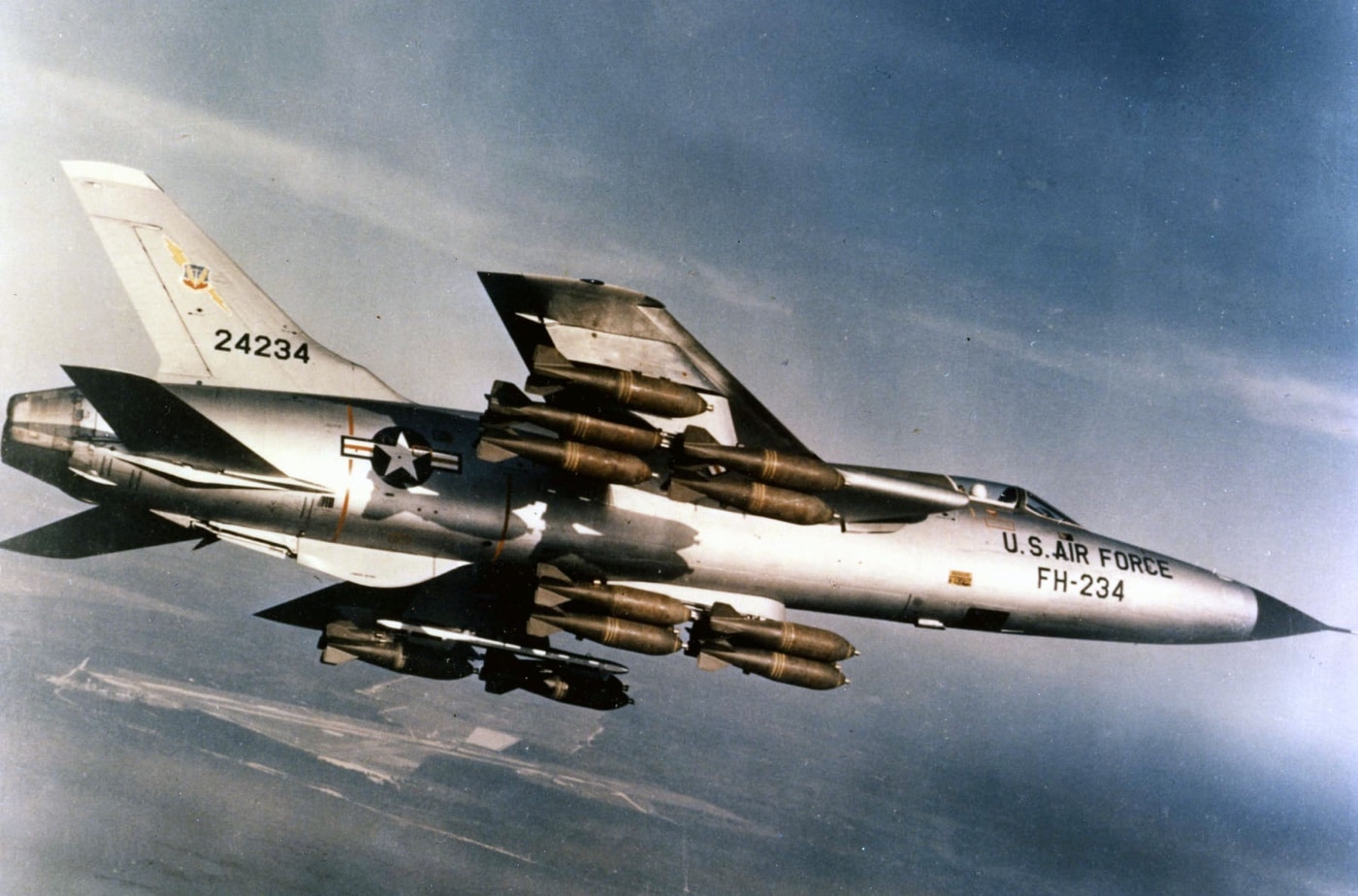
I was president of my medical school class. Don’t be impressed with that. It simply means I ran slower than everyone else when they announced that somebody had to do it. At a time when I had a wife, three kids and absolutely zero discretionary time, I had to tack on a whole pile of administrative responsibilities as well. I was an idiot for accepting the job. However, it did get me a free lunch once a month with the hospital leadership.
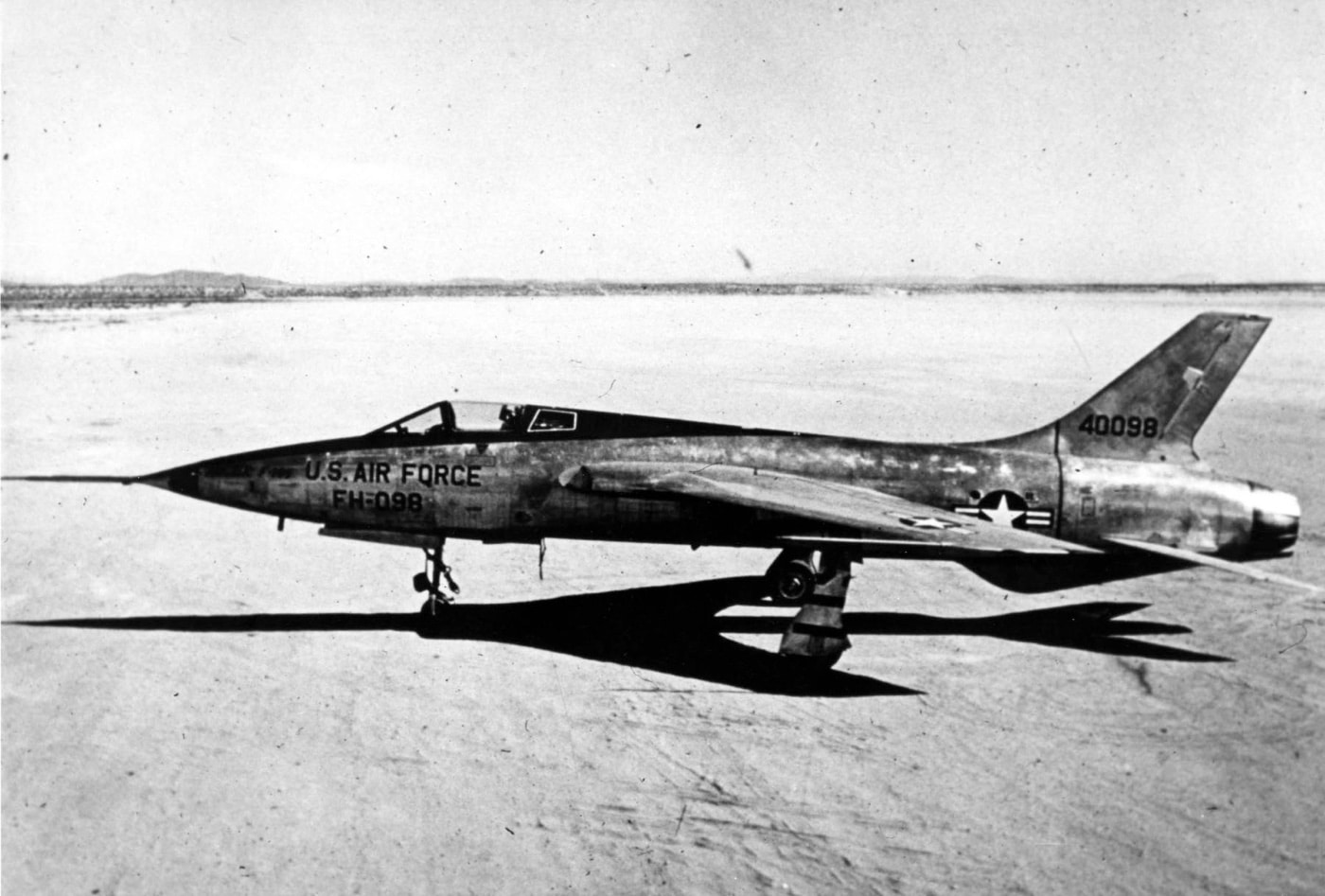
Our monthly confabs were typically fairly dry affairs that orbited around hospital expansions and arcane administrative challenges. However, I found out that one of the older men at these meetings had actually flown F-105 Thunderchiefs in Vietnam. I was a former Army helicopter pilot myself. The gulf between Army helicopters and Air force strike jets was broad, but we were both military aviators. That struck a spark that blossomed into a friendship.
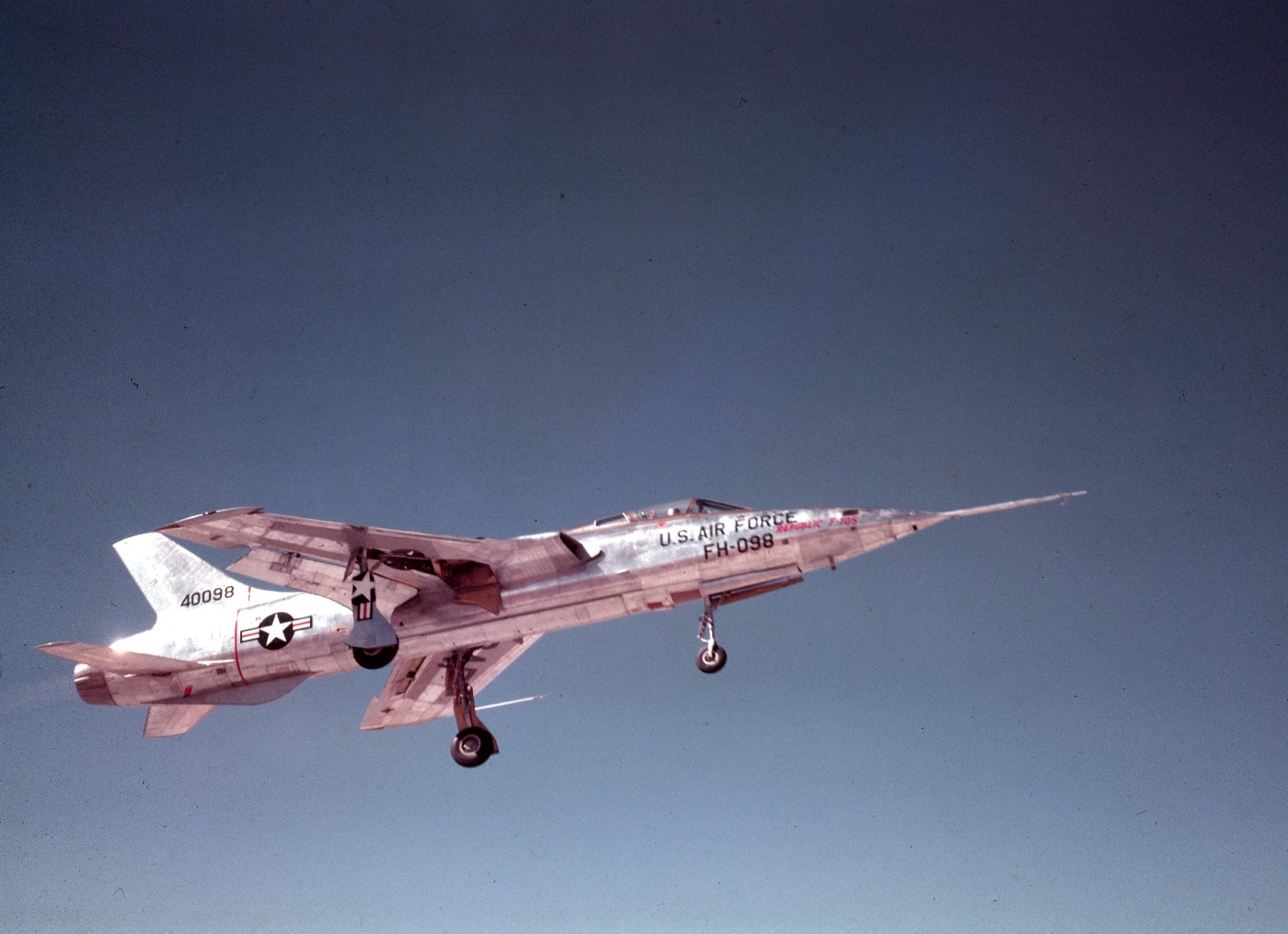
The crews called the F-105 Thunderchief the Thud. The term was originally birthed in derision but ultimately came to embody a great deal of affection. The Thud was a curiously enigmatic airplane.
The man described the Thud fondly. He said that it was both huge and fast, but that it required half a state to turn, particularly at speed. Flying the Thud over Vietnam was one of the most dangerous jobs of the war, but it was a powerful and capable mount. He also said there was a bladder in the plane that offered cold drinking water for the egress. He clearly thought that was one of the most redeeming aspects of the design.
The Thud Mission
The F-105 first flew in 1955. It was designed as a high-speed nuclear attack plane. This single-seat strike fighter was capable of reaching Mach 2 at altitude while offering a usable payload of up to 14,000 pounds. In this aspect it carried more than twice the bomb load than either the B-17 or B-24 that helped win World War II.
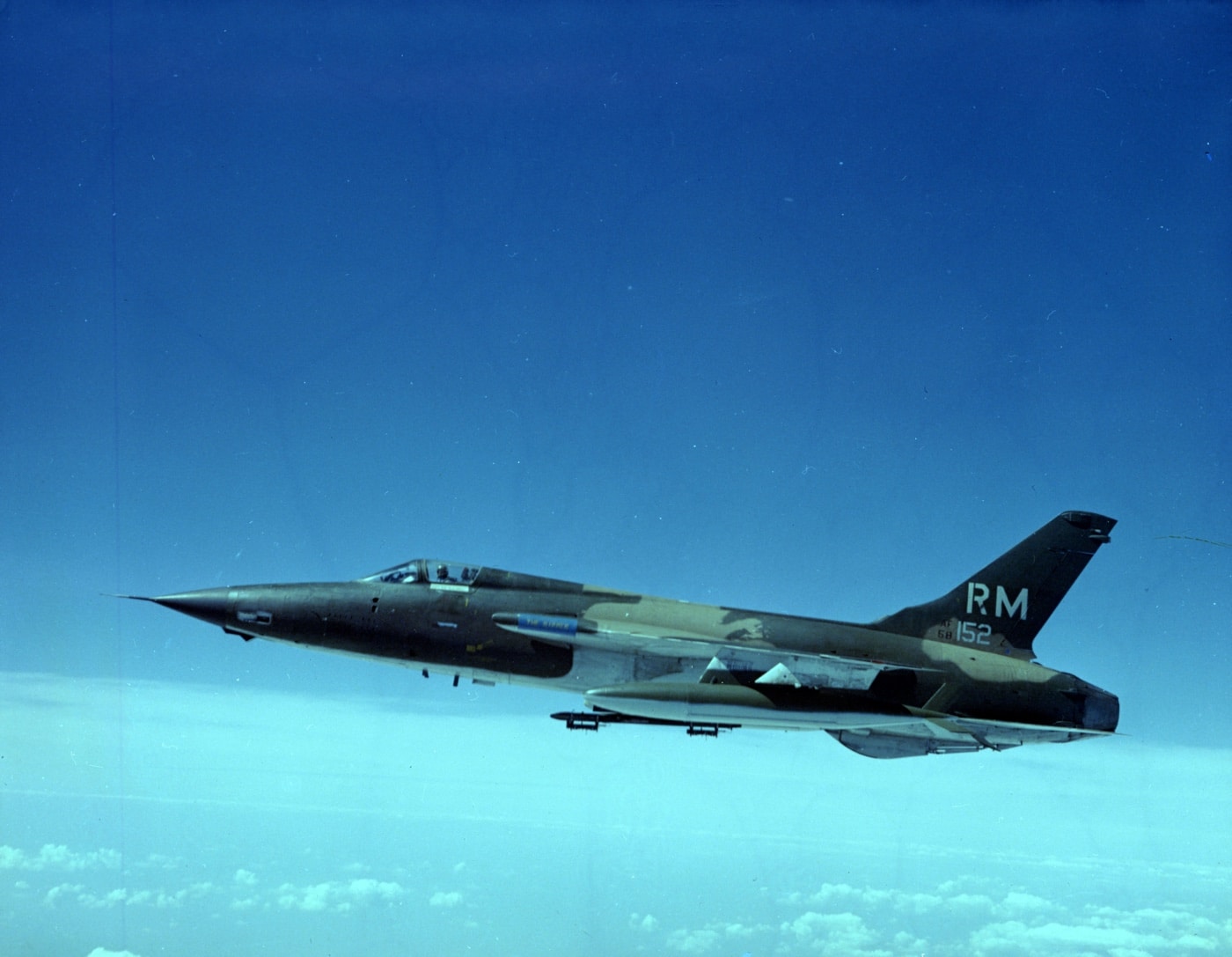
When the war in Vietnam heated up these deep-penetration nuclear strike aircraft were repurposed for ground attack with gravity bombs. While the F-105 was a devastatingly effective strike aircraft in the jungles of Southeast Asia, these operations came at a terrible cost.
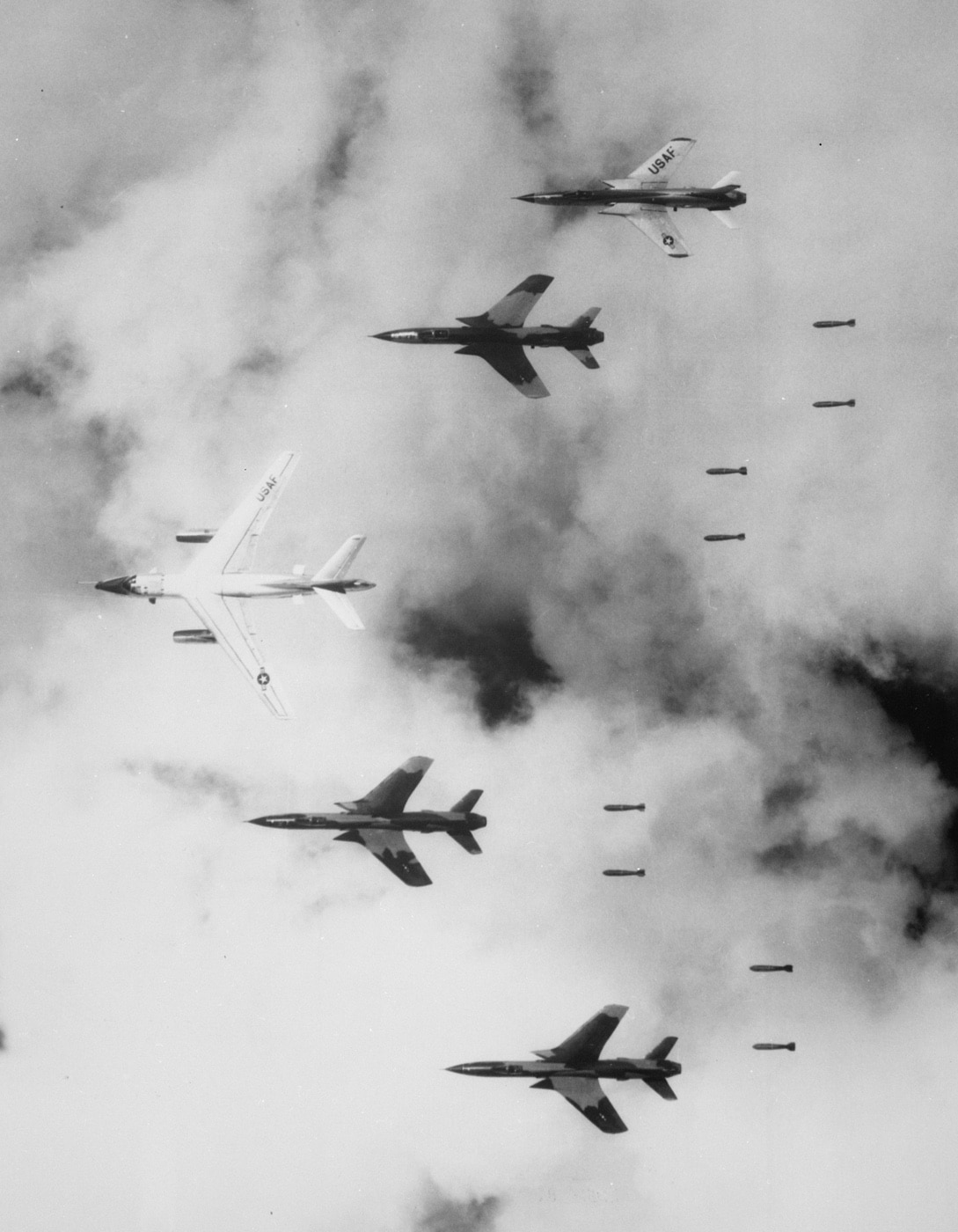
A typical bomb load for the F-105D single seat Thunderchief in Vietnam was 16 750-lb. bombs mounted on five external hardpoints. In this configuration, the Thud was used to attack strategic targets like bridges and port facilities in North Vietnam. These missions could be launched using small numbers of aircraft in a direct attack mode. Sometimes, however, the Thuds would fly high altitude formations above the clouds and drop their weapons on the command of radar operators many miles distant. Regardless of the method of attack, the Thud’s mission profile was profoundly dangerous.
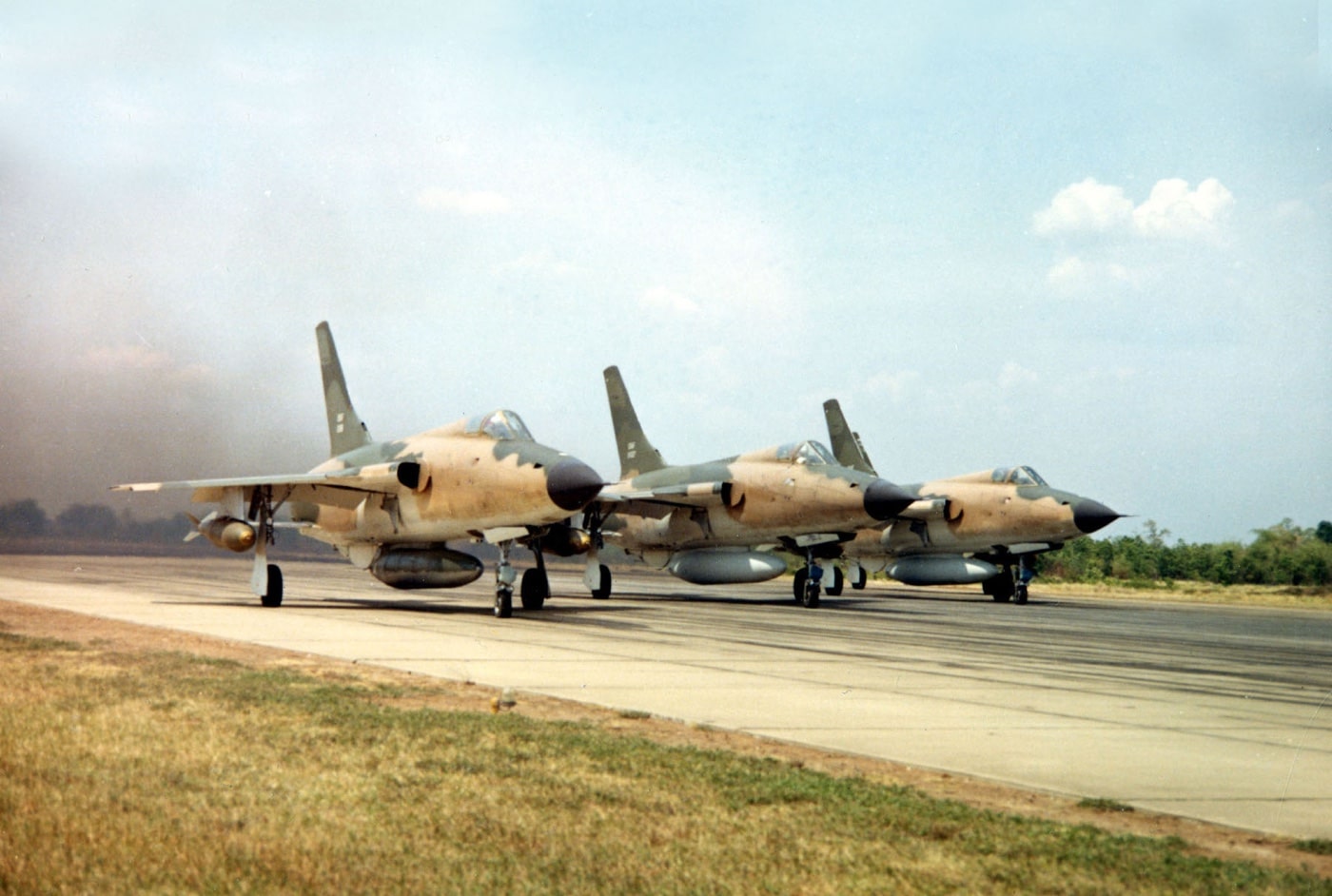
MiGs were a concern, but the real threat was AAA and SAMs. AAA stands for anti-aircraft artillery, and SAM is surface-to-air missile. The North Vietnamese knew we were coming, and they had the weight of the communist bloc behind them supplying state-of-the-art weapons. SA-2 Guideline SAMs were the apex predators. My buddy said they looked like flaming telephone poles.
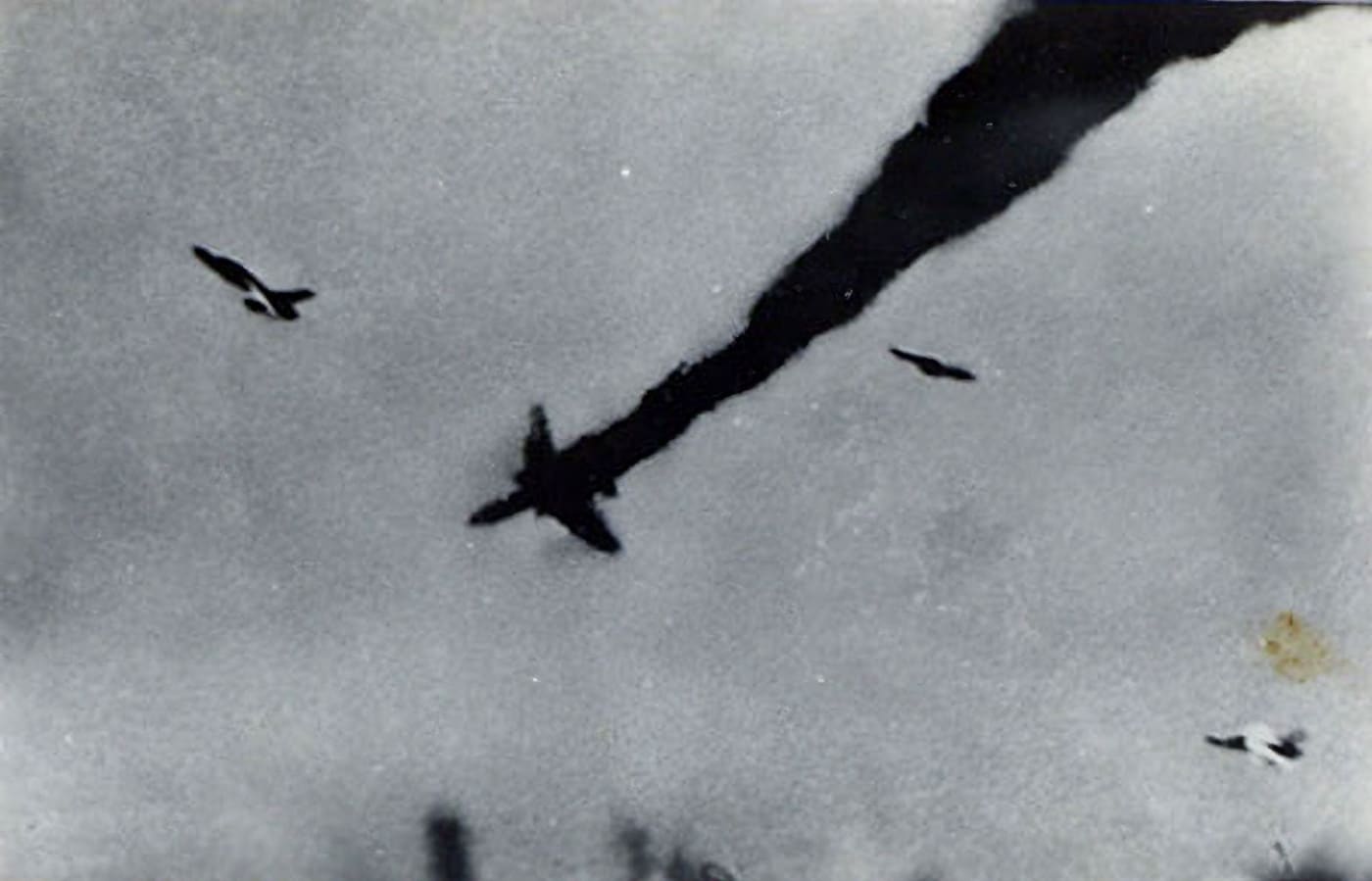
Subsequent F-105F and G-models were two-seat versions used as Wild Weasels. Wild Weasel is the term used by the Air Force to describe counter-SAM missions. These specialized aircraft moved in ahead of a strike package carrying HARM (High-Speed Anti-Radiation) missiles. The AGM-45 Shrike was the most common HARM weapon. HARM missiles would home in on radar emitters and take out the SAM sites ideally before they had opportunity to launch. As you might imagine, this was a pretty risky way to make a living.
Of the 833 F-105’s produced, 382 airframes were lost over the course of 20,000 combat sorties. 62 of these destroyed aircraft were the result of accidents. F-105 pilots were credited with 27.5 MiG kills during the war. The Thud was the only American combat aircraft removed from the theater due to high loss rates. However, much of these horrific numbers stemmed from the nature of the mission, not any deficiency in the aircraft.
Anatomy of a Thud
The F-105D was 64 feet long and sported a maximum takeoff weight of 52,838 pounds. The plane’s single Pratt and Whitney J75-P-19W turbojet engine produced up to 26,500 pounds of thrust with the afterburner alight. Maximum speed was 1,210 knots or 1,390 mph at 35,000 feet.
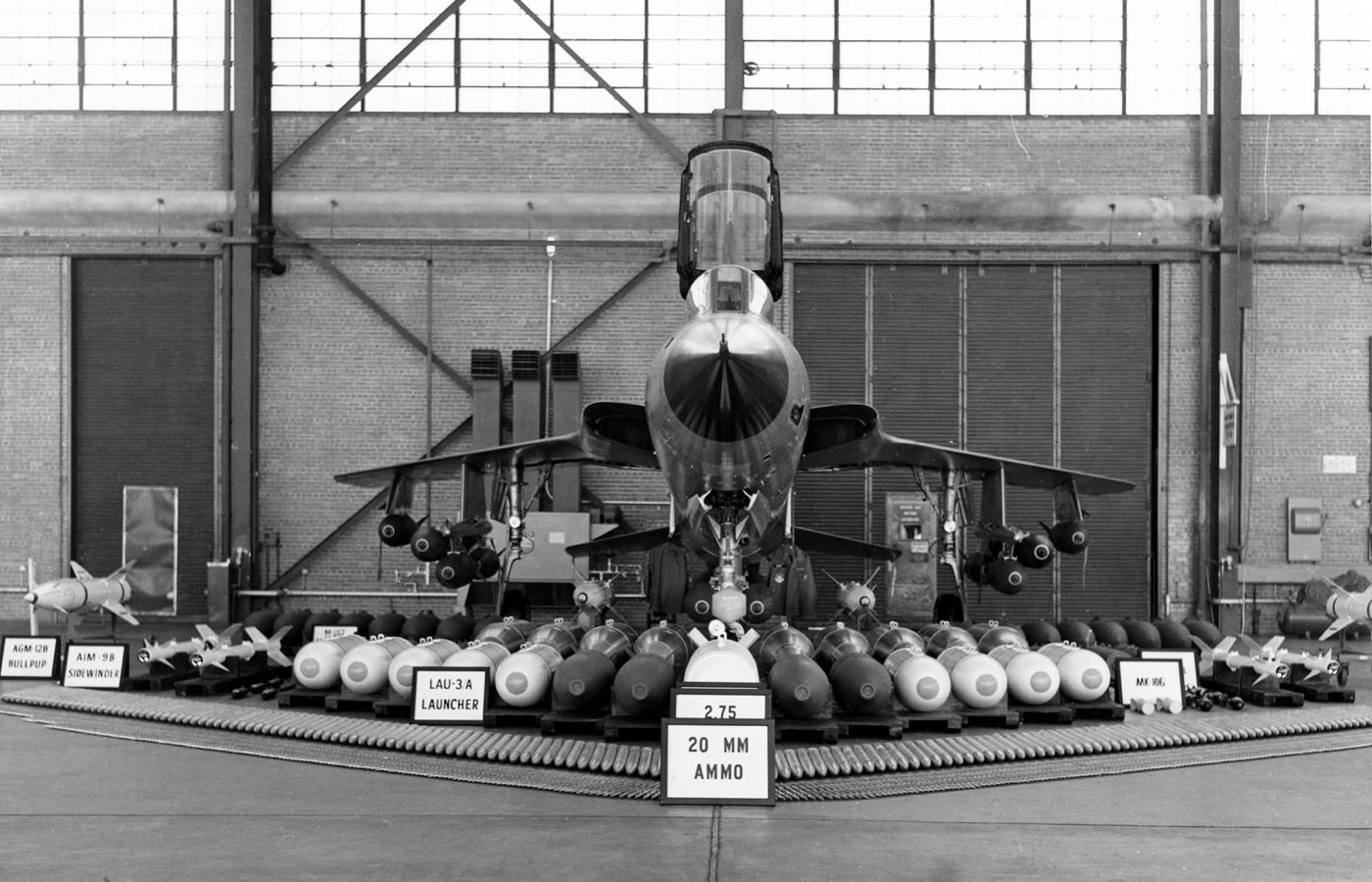
The F-105 featured an internal bomb bay as well as a single M61A1 Vulcan 20mm rotary cannon firing along the long axis of the plane. Ammunition capacity was 1,028 rounds or about 10 seconds of continuous fire. The Thud could carry AIM-9 Sidewinder heat-seeking air-to-air missiles for close range use against enemy aircraft as well as a wide variety of air-dropped bombs and missiles. Nuclear payloads included the B28, B43, B57, and B61 thermonuclear weapons.
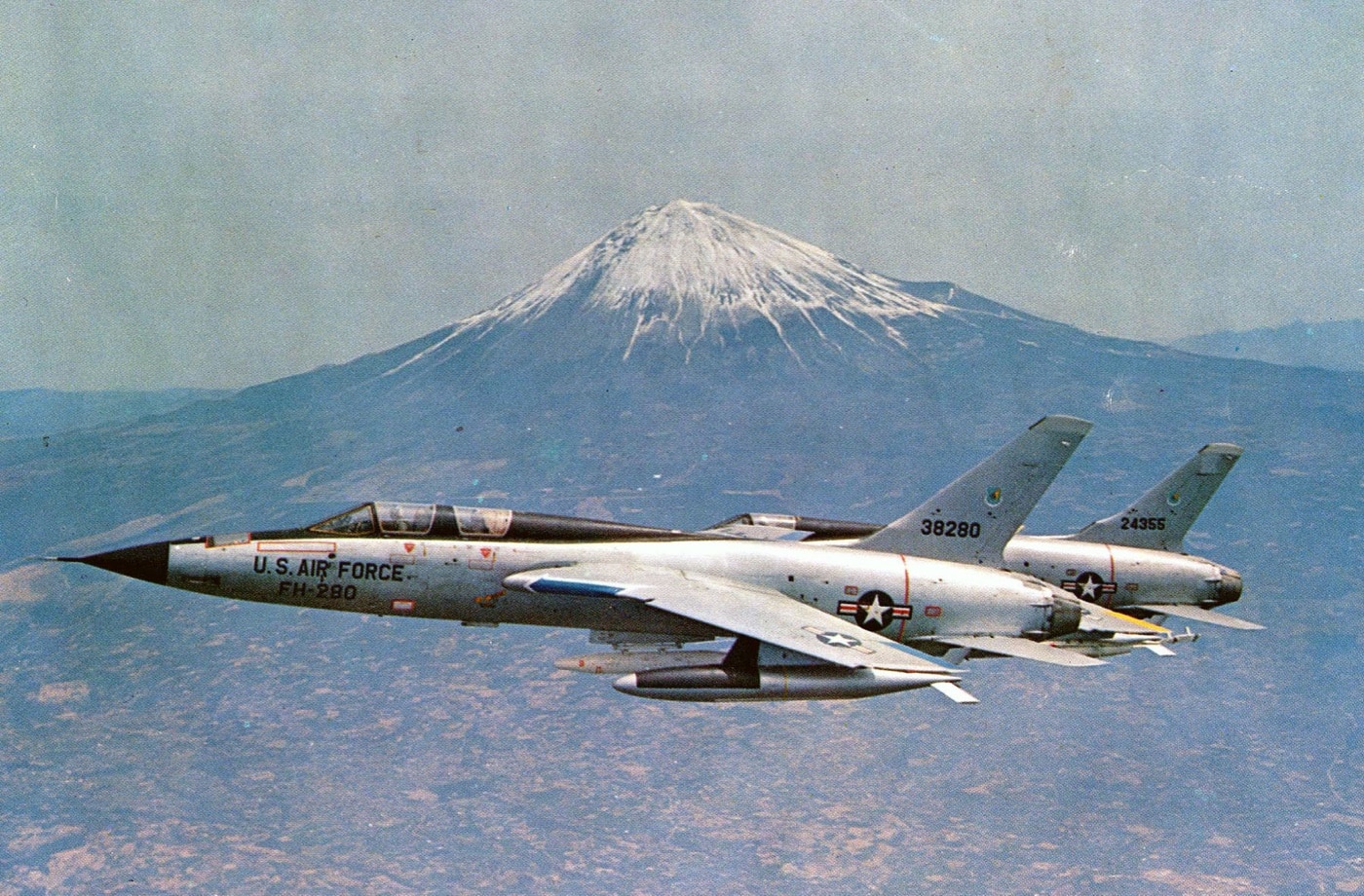
One of the most striking aspects of the Thud’s design was its coke bottle fuselage. The cross section of the fuselage when viewed from above was tapered in its middle to enhance its aerodynamic performance at high speeds. This gave the Thud a certain sultry mystique. The rakish reversed jest intakes looked cool as well.
F-105D Thunderchief Specifications
- Crew: 1
- Length: 64′
- Wingspan: 35′
- Empty Weight: 26,855 lbs
- Max Takeoff Weight: 52,838 lbs
- Fuel Capacity: 2,810 US gallons both internal and external
- Max Speed: 1,210 knots
- Service Ceiling: 48,500′
Ruminations
In Vietnam, the F-105 was a stopgap. The plane was never designed to do what it was called upon to do, and its missions were among the most hazardous of the war. The Thud’s astronomical loss rate reflects this sordid reality. The single-seat Thunderchiefs were withdrawn from service in SE Asia in 1970. G-model Wild Weasels continued to serve operationally through the end of the conflict. The last F-105’s were phased out of the Air Force Reserve in February of 1984. I recall watching F-105’s land at Tinker Air Force Base in Oklahoma City when I was a kid passing through in the 1980’s. I recall that the landing fighters deployed drogue chutes to assist in braking. Considering takeoff and landing speeds are on the order of 230 mph, that’s not surprising.
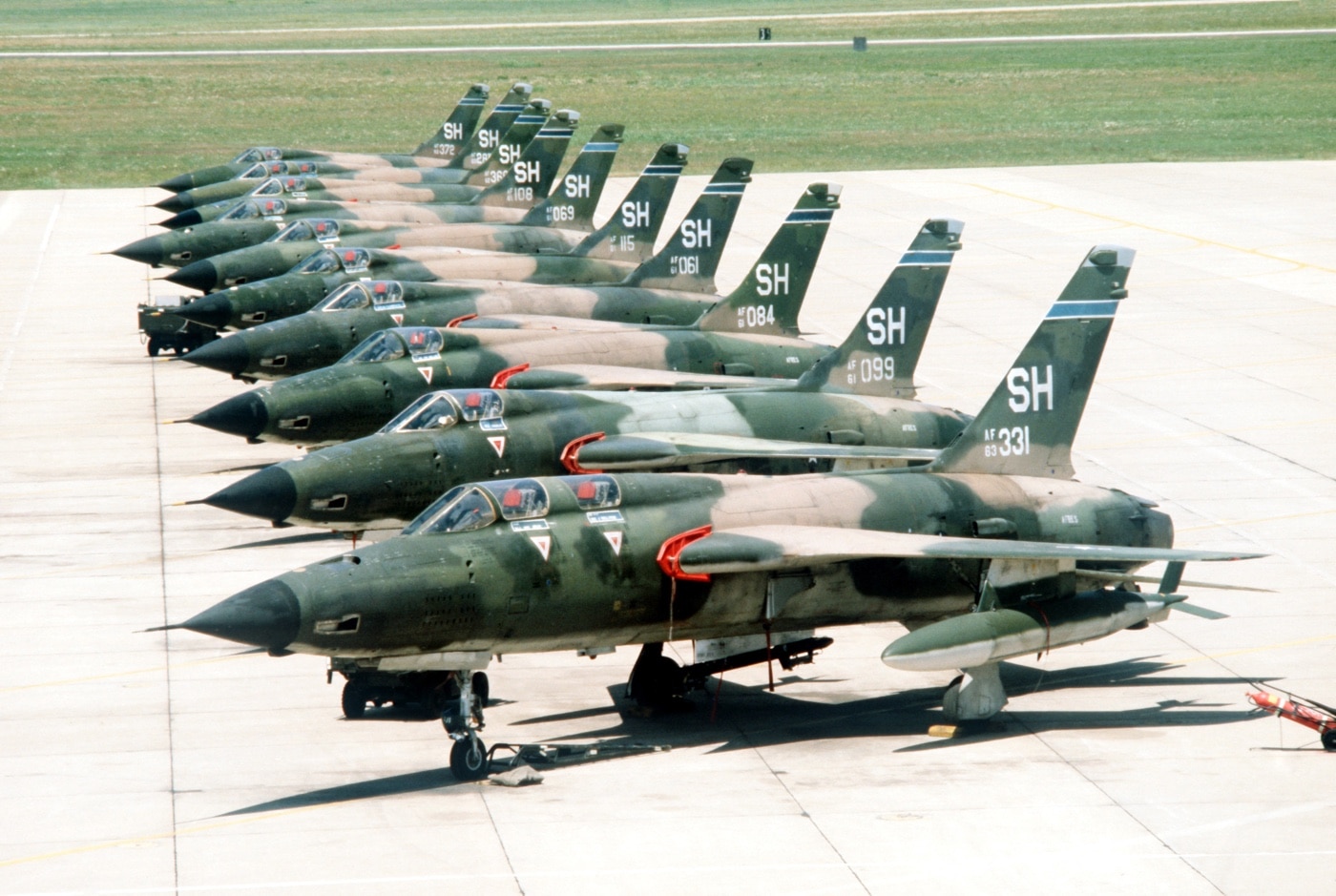
The Thuds and the men who flew and maintained them played a critical role in prosecuting the war in Vietnam. At a time in military history when everything was in flux, the Thud drivers figured it out as they went along. These brave aviators laid the foundation for modern air war.
Editor’s Note: Please be sure to check out The Armory Life Forum, where you can comment about our daily articles, as well as just talk guns and gear. Click the “Go To Forum Thread” link below to jump in and discuss this article and much more!
Join the Discussion
Continue Reading
Did you enjoy this article?

 413
413






